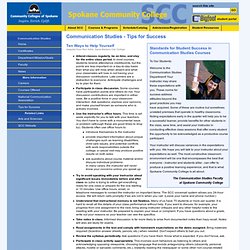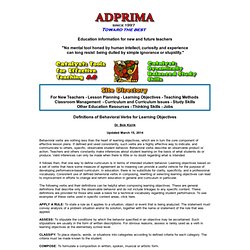

This Video Shows What Happens When Little Boys Are Asked To Slap A Girl. In recent weeks we've seen a number of PSAs raise awareness about violence against women using high-profile personas from celebrities and NFL footballers to Family Guy.

Now, Italian media outlet Fanpage.it and Ciaopeople Media Group have created an eye-grabbing video statement on domestic violence using even more unexpected spokespeople—little boys. In the video, a group of cute Italian ragazzi respond to an unseen interlocutor, providing their names, ages, and other biographical information including what they want to be when they grow up. Then things get weird. A young girl is placed in front of the boys and they are asked their opinions about her, before they are asked, repeatedly, to slap her. Much like Always asking kids to throw like a girl, the reaction here is perhaps what you'd expect (and we hope the result would be the same even if the target wasn't a "pretty girl") and doesn't disappoint.
Personality, Gender, and Age in the Language of Social Media: The Open-Vocabulary Approach. Women talk three times as much as men, says study. By FIONA MACRAE Last updated at 13:39 28 November 2006 It is something one half of the population has long suspected - and the other half always vocally denied.

Women really do talk more than men. In fact, women talk almost three times as much as men, with the average woman chalking up 20,000 words in a day - 13,000 more than the average man. Read more... • Heels on wheels as Paris takes Lindsay and Britney out for a spin • Women spend eight years of their life shopping • Transformed in 40 weeks, woman with a new face Women also speak more quickly, devote more brainpower to chit-chat - and actually get a buzz out of hearing their own voices, a new book suggests. The book - written by a female psychiatrist - says that inherent differences between the male and female brain explain why women are naturally more talkative than men. In The Female Mind, Dr Luan Brizendine says women devote more brain cells to talking than men. There are, however, advantages to being the strong, silent type.
May 22 CCCOER Webinar: Public Speaking with the Open Course Library « Community College Consortium for Open Educational Resources. CMST101 WIKI. Models of communication. Shannon and Weaver Model of Communication Communication major dimensions scheme Communication code scheme Linear Communication Model Interactional Model of Communication.

DIVERSITY/GLOBALISM. INTERPERSONAL COMMUNICATION. Models of communication. NONVERBAL COMMUNICATION. LISTENING. Survey of Communication Study. Survey of Communication Study Welcome elcome to the open source version of Survey of Communication Study. This text offers the opportunity to introduce people to Communication as an academic field of study. We have broken the book into two parts. First, we lay the foundation by covering the scope of communication study, its history, as well as a brief introduction to theories and research methods. Tips for Success - Communication Studies - Spokane Community College CMST OCL2. Standards for Student Success in Communication Studies Courses To Our Students: Welcome to the Communication Studies Department!

Your instructor may share these expectations with you. These norms for success address attitudes beyond the good practices you may have acquired. Some of these are routine but sometimes unstated premises that operate in healthy classrooms. Your instructor will discuss variances in the expectations with you. The Communication Studies Facultyat Spokane Community College. Google Groups OER SBCTC. (40) OCL2. Useful WebQuest Resources.
Site menu: Latest news: June 17, 2015: This year marks the 20th anniversary of the WebQuest model.

Watch this space for announcements of some new resources coming later this summer! October 22, 2008:WebQuests and Web 2.0? This webinar conducted by the Discovery Education Network features a discussion about how blogs and wikis fit into the WebQuest model. August 9, 2007: QuestGarden received the MERLOT Teacher Education Classics Award at the organization's international conference in New Orleans. Contact Please report bad links and suggest additions and improvements to the site by writing toBernie Dodge, PhD. The resources on this page are designed to be useful to teacher educators and staff developers who are putting together a course or workshop about WebQuests.
Concepts & Definitions Implementation Reports WebQuest Development Complete Workshops Articles and Papers. WikiPODia. Open Course Library - home. A Way with Words, public radio's show about words and language and how we use them. Definitions of behavioral verbs for use in learning objectives. Definitions of Behavioral Verbs for Learning Objectives Dr.

Bob Kizlik Updated March 15, 2014 Behavioral verbs are nothing less than the heart of learning objectives, which are in turn the core component of effective lesson plans. If defined and used consistently, such verbs are a highly effective way to indicate, and communicate to others, specific, observable student behavior.
It follows then, that one way to define curriculum is in terms of intended student behavior. The following verbs and their definitions can be helpful when composing learning objectives. APPLY A RULE: To state a rule as it applies to a situation, object or event that is being analyzed. ASSESS: To stipulate the conditions by which the behavior specified in an objective may be ascertained. CLASSIFY: To place objects, words, or situations into categories according to defined criteria for each category. ILOG Elixir Blog Samples: World Factbook Second Edition.